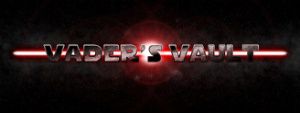I use an oven mitt and hold the shroud in my hand, it may be considered a little (a lot) less safe, but I feel I have much more control this way. Another tip I have is to do any drilling and detail cuts first, it can get tricky cutting little angles and drilling holes when the majority of your material is already removed, also save those little worn down cut off wheels they can be very handy for tight cuts.






 Reply With Quote
Reply With Quote










Bookmarks